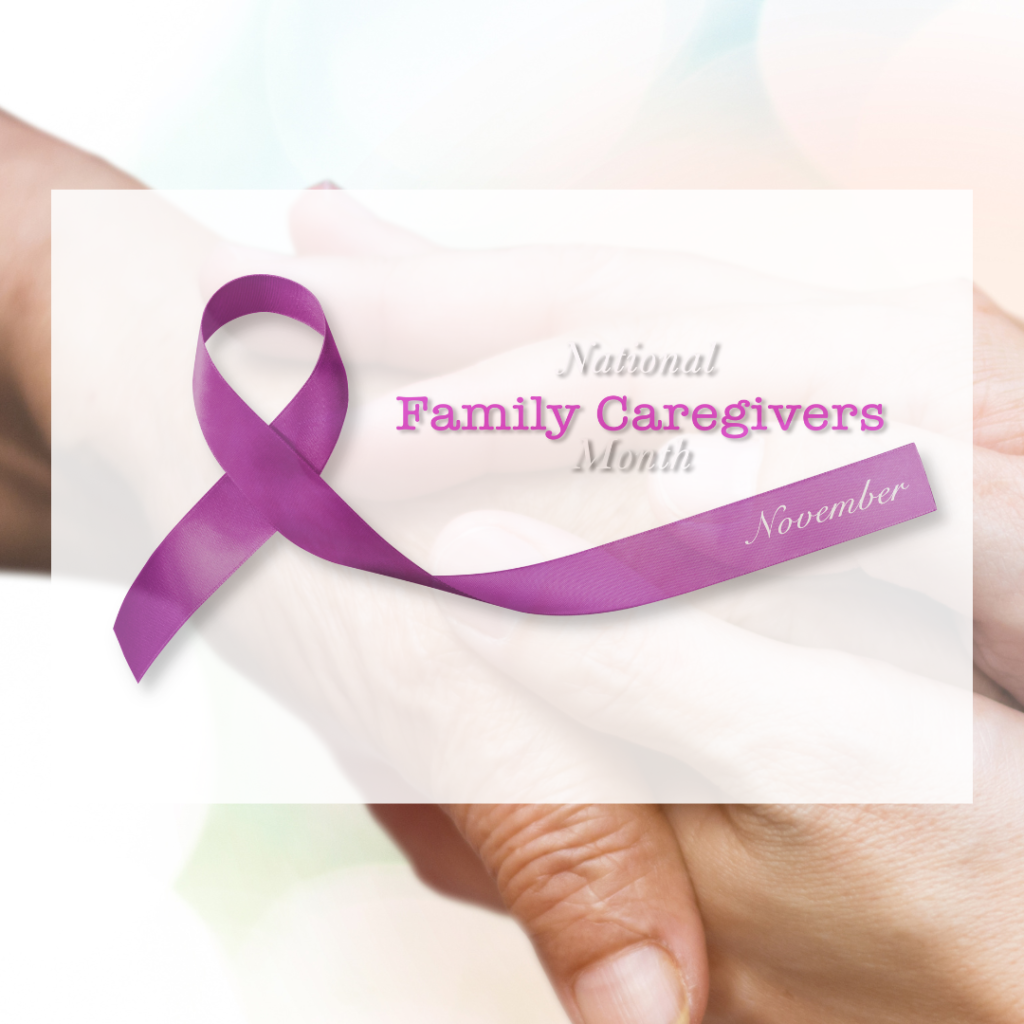
November is National Family Caregivers Month. Over 48 million Americans care for a parent, spouse, or other loved one. It isn’t uncommon for family caregivers to call our office for a complimentary low vision phone consultation on behalf of their loved ones or to accompany them to their appointments. We salute family caregivers for doing an often thankless job, and we understand the challenges that they have to deal with on a day-to-day basis for their loved one with low vision.
When we see someone new with a vision-limiting condition, Dr. Kornfeld asks questions to learn about the things that they struggle with. Reading, driving, sewing, watching tv, playing golf and seeing faces often make the “wish list”. There are also other everyday things that people with vision issues encounter in their homes. Here are three areas that can make a tremendous difference in a person’s ability to see which affects not only their independence but also their mental health and safety, that a family caregiver can help with.
1. Install Proper Lighting
As people age and, especially those with a low vision condition, their eyes need more light to focus clearly. Oftentimes when people shop for lamps and light bulbs, they are attracted to aesthetics and other features and the best illumination for seeing and doing tasks is overlooked.
Bright, focused light makes a tremendous difference in the ability to see and is an easy issue to remedy- simply add more lights, decrease the distance between the light to your task, and change the types of bulbs. You also want to position your lamps for the least glare and shadows.
The best type of illumination comes from LED (light emitting diode) lights for task lighting (like a reading or sewing lamp), and fluorescent bulbs are adequate for overhead lighting. Dr. Kornfeld demonstrates the difference that lighting makes at his appointments and people are astonished.
2. Remove Obstacles
Another common issue for those with reduced vision is bumping into things and falling. If you are a family caregiver, we recommend you walk around the house with that in mind, remove all potential hazards, and ensure that there are proper handrails and grab bars designed to break a fall. In addition, make sure that any stairways are free of objects.
3. Rearrange the Furniture
Often overlooked is something as simple as rearranging the furniture. The television set may be too far away for optimal viewing. Having chairs close together makes for easier conversations and face recognition.
Dr. Kornfeld has been seeing low vision patients for over fifty years. He is very attuned to what people with vision loss deal with. We offer a no-charge phone call with him to determine the best way that he can help people based on their vision condition and what is on their “wish list”- the list of things that they struggle with due to their vision that they’d like help with. He may suggest an updated eye examination with their regular eye doctor or something else, rather than coming in to see him in person.
If an office visit makes sense, at scheduling, we ask people to bring props for doing the things they want to do again- like a book for reading or a cross stitch kit for doing cross stitch. At the appointment, Dr. Kornfeld asks questions to understand if there is any interference besides their medical condition that can be remedied in their environment, like lighting or holding the item closer to their face. He may also prescribe custom glasses.
National Family Caregivers Month is one month a year but their service is often 24/7/365. Family caregivers have a lot that they are juggling and we are glad to be a resource to improve the quality of life for their loved ones with vision loss. To learn more, we encourage anyone to call to talk to Dr. Kornfeld at 866-446-2050 or 585-271-7320.
